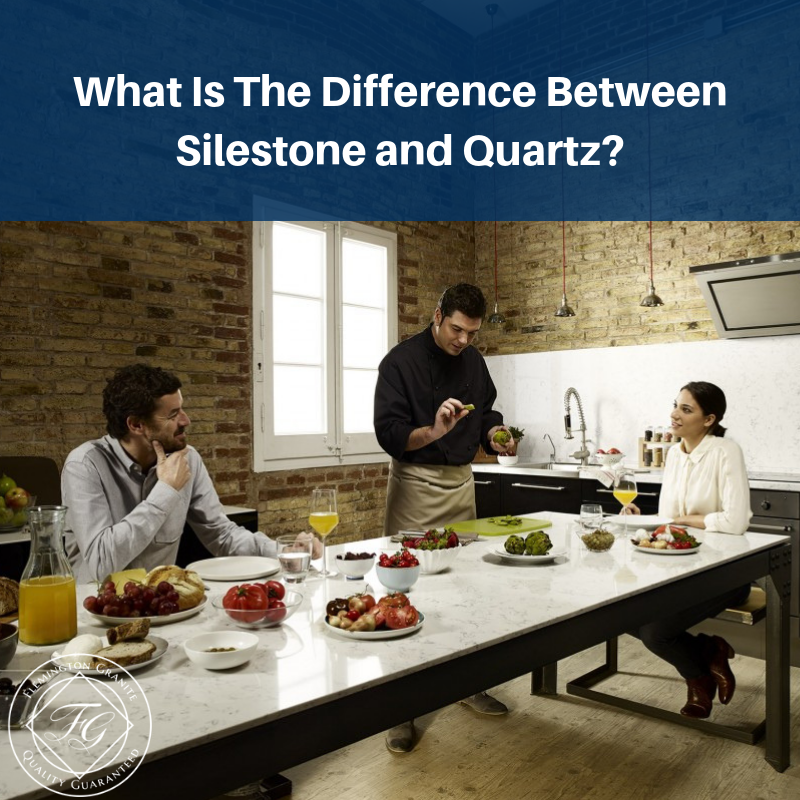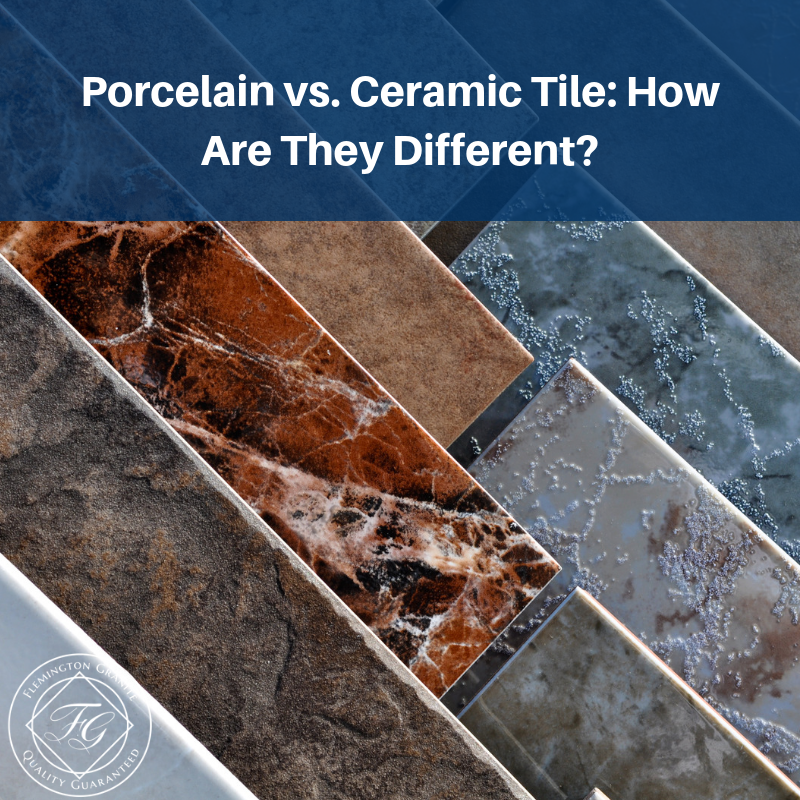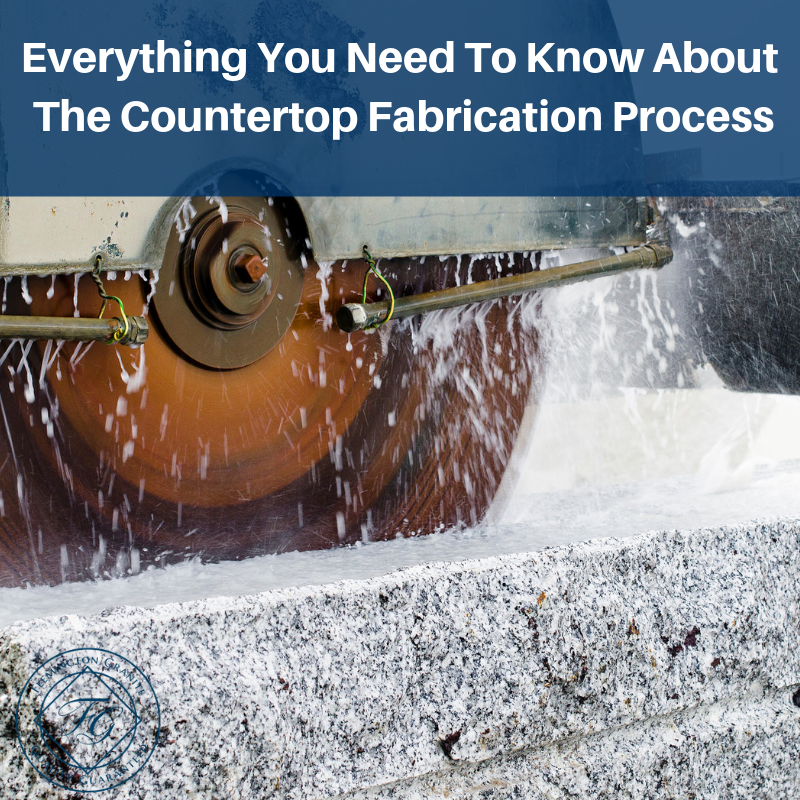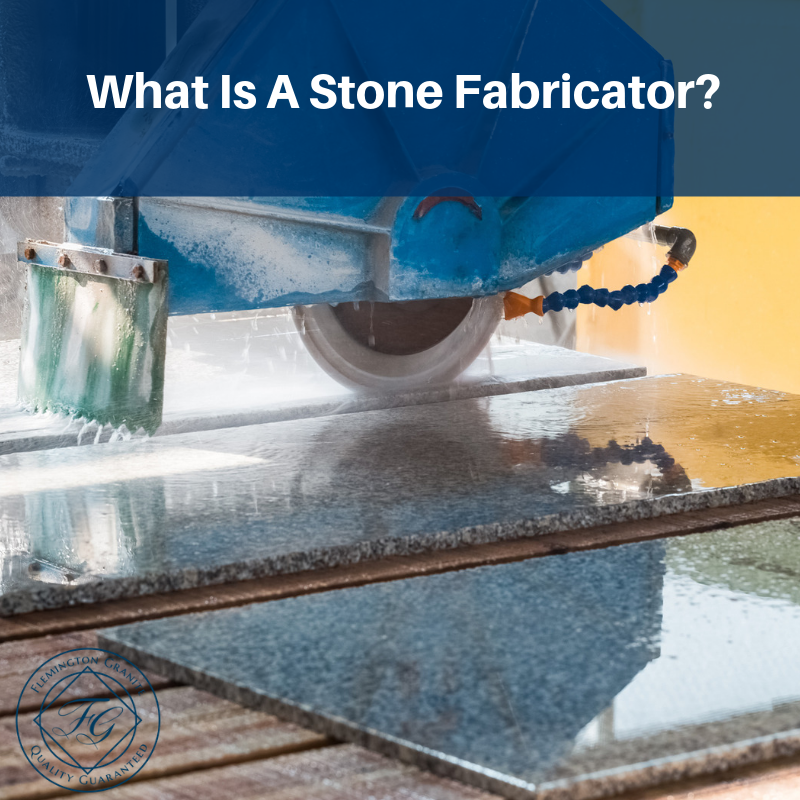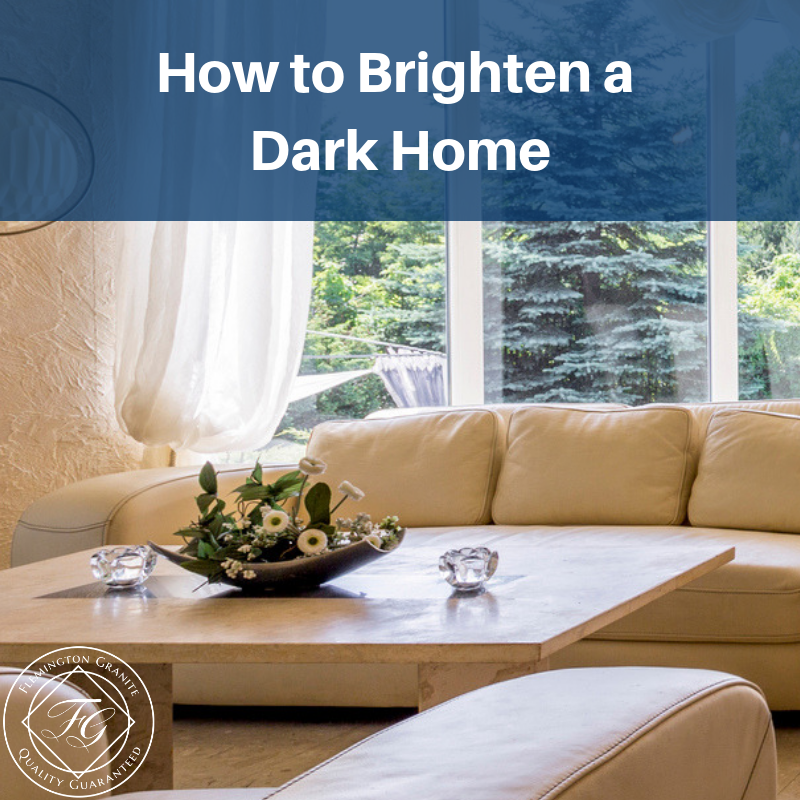When it is time for a kitchen or bathroom remodel, deciding which countertop works best for your family can be confusing. Today, many homeowners are choosing quartz countertops due to their look and durability. These ten reasons may explain why quartz is the best option for your remodeling needs.
Many Options
One of the benefits of quartz is that there are many color and texture options available. Because the counter is created by mixing ground quartz with colorings and binders, you have many more color options with quartz than with other types of stone.
Durability
Quartz countertops are actually engineered stone created with over 90 percent natural stone. This engineering process creates a surface that is extremely strong, even stronger than other types of natural stone.
Cost
Although quartz is often less expensive than other types of stone, such as granite or marble, the price depends on the thickness of the slab, the style and the brand of quartz you choose. Overall, however, quartz is more reasonably priced than most natural stones.
Anti-Bacterial Qualities
Because quartz is non-porous, it resists bacteria better than other types of natural stone. This makes it the perfect choice for a surface where you will prepare your family meals. In fact, many quartz options are certified by the National Sanitation Foundation due to their anti-bacterial features.
Low Maintenance
Quartz can be cleaned easily with mild soap and water. In fact, you should not use abrasive cleaners on quartz counters to avoid harming the surface. In addition, quartz does not need to be sealed as other types of natural stone making them virtually maintenance free.
Scratch Resistance
Unlike other types of stone, like marble, you can cut directly on the surface of a quartz countertop without worrying about scratches. Sliding a pan or dish across the counter will not result in scratches either. However, it is recommended you use cutting boards, not to protect the counter but to protect your knives from getting dull.
Heat Resistance
Hot pans directly from the stove can be placed on a quartz countertop without damage. However, because quartz counters have polymers which may have some type of plastic in them, most manufacturers do recommend that you use trivets or hot pads to protect the surface.
Stain Resistance
There are stone surfaces that are not as stain resistant as you may think. For example, acidic materials like citrus fruit can stain a marble countertop as can red wine or coffee. With quartz, you don’t need to worry about staining due to the non-porous nature of the surface. It is recommended that any spills be wiped up quickly but there is little chance that you will stain your quartz counter.
Colorfastness
Some countertop materials will fade over time but quartz keeps its color well. However, it is not recommended for use in outdoor kitchens as direct rays from the sun can cause the counter to fade.
Kitchen Uniformity
Because quartz is engineered, all the slabs are the same which gives your kitchen a more uniform look than other types of stone with variances in slabs. If you have a very large kitchen, this can give a more connected look between your counters than using natural stone. No two slabs of granite or marble are the same so if your kitchen is large, you may find that different sections of the counter have a completely different look than other sections.
If you are considering natural stone counters for your home remodel, contact us today by calling or filling out the simple online form.


